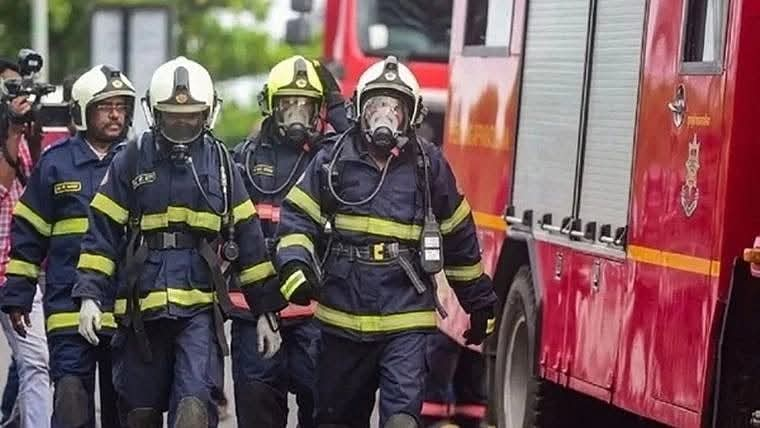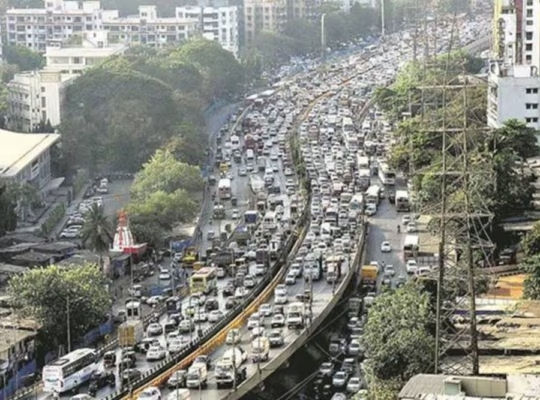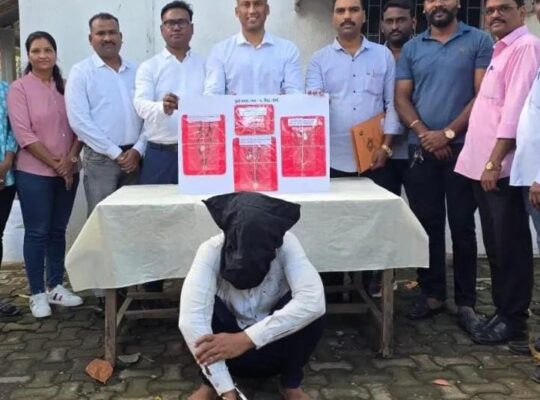Mumbai : Despite rapid urban development and booming real estate, Mumbai’s fire safety system remains critically weak, with officers revealing that the city’s Fire Prevention Cell exists only on paper. Recent fires in commercial and residential buildings have exposed persistent negligence by both authorities and citizens in enforcing fire safety norms.
Many key provisions of the Maharashtra Fire Prevention and Life Safety Measures (MFPLSM) Act, 2006, are either ignored or violated without consequence.
Paper-Tiger Prevention Cell
According to fire officials, the Mumbai Fire Brigade (MFB) announced the creation of a Prevention Cell after the 2018 Kamala Mills fire, which claimed 22 lives. However, no dedicated staff were appointed. Instead, 24 of the city’s 33 station officers were given additional duties as “prevention officers,” armed with only a jeep to conduct inspections.
“A proper prevention cell should have had separate offices, staff, and infrastructure. While a proposal was drafted, it never materialized,” an MFB officer said on condition of anonymity.
Senior Officers Avoid Stringent Inspections
Prakash Devdas, president of the Fire Officers Association, highlighted systemic flaws: “The prevention division exists only in name. Many illegal structures have Fire NOCs, but senior officers avoid strict inspections to prevent exposing corruption. Junior officers are scapegoated after disasters.”
Corruption and Accountability Gaps
Devdas added, “Contractors supplying firefighting equipment are often corrupt. Extinguishers fail, occupants are untrained, and no one is held accountable. The MFB is understaffed, with seven posts vacant and at least 250 officers needed to meet minimum strength.”
Administrative Burden Hampers Fire Safety
A senior MFB officer remarked, “We spend more time on clerical work than on fire safety. The BMC’s health department and inspectors also share responsibility, but there’s no accountability—tasks are simply passed around.”
Widespread Violations in Buildings
Chief Fire Officer Ravindra Ambulgekar noted, “Only 10-20% of buildings submit the mandatory six-monthly Form B. Electrical audits, required every two years, are mostly ignored. Proper adherence to these norms could prevent 90% of fires.” Common areas in many buildings are cluttered with wooden furniture and other obstacles, hindering firefighter access.
Electrical Short Circuits Major Cause
According to the Fire and Security Association of India, 70-80% of Mumbai’s fire incidents stem from electrical short circuits. Poor maintenance of firefighting equipment worsens the damage in high-rise fires. Mumbai recorded 227 more fire incidents in 2024 compared to 2023.
The report underscores the urgent need for stricter enforcement of fire safety laws, dedicated prevention staff, and public awareness to prevent further tragedies in India’s financial capital.











